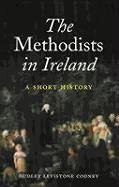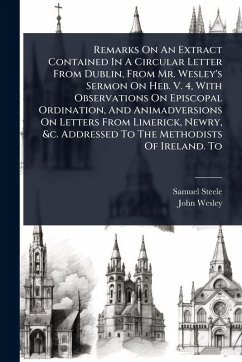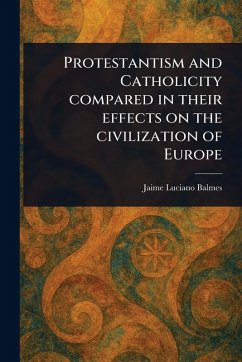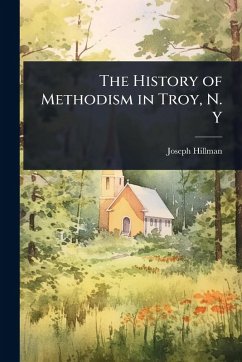
The Enthusiasm of Methodists and Papists Compared
Versandkostenfrei!
Versandfertig in über 4 Wochen
22,99 €
inkl. MwSt.
Weitere Ausgaben:

PAYBACK Punkte
11 °P sammeln!
"The Enthusiasm of Methodists and Papists Compared" by George Lavington, originally published in 1754, presents a comparative analysis of the religious fervor exhibited by Methodists and Catholics. Lavington, a prominent figure of his time, offers a critical examination of what he perceives as excessive zeal within these religious movements. The book delves into the historical context of 18th-century religious practices, exploring the similarities and differences in the expressions of faith demonstrated by Methodists and Catholics. This work provides valuable insights into the religious landsc...
"The Enthusiasm of Methodists and Papists Compared" by George Lavington, originally published in 1754, presents a comparative analysis of the religious fervor exhibited by Methodists and Catholics. Lavington, a prominent figure of his time, offers a critical examination of what he perceives as excessive zeal within these religious movements. The book delves into the historical context of 18th-century religious practices, exploring the similarities and differences in the expressions of faith demonstrated by Methodists and Catholics. This work provides valuable insights into the religious landscape of the era and the controversies surrounding emerging religious trends. Students of religious history and those interested in the dynamics of faith will find Lavington's observations both insightful and thought-provoking, offering a window into the past and a reflection on the enduring nature of religious enthusiasm. This work has been selected by scholars as being culturally important, and is part of the knowledge base of civilization as we know it. This work was reproduced from the original artifact, and remains as true to the original work as possible. Therefore, you will see the original copyright references, library stamps (as most of these works have been housed in our most important libraries around the world), and other notations in the work. This work is in the public domain in the United States of America, and possibly other nations. Within the United States, you may freely copy and distribute this work, as no entity (individual or corporate) has a copyright on the body of the work. As a reproduction of a historical artifact, this work may contain missing or blurred pages, poor pictures, errant marks, etc. Scholars believe, and we concur, that this work is important enough to be preserved, reproduced, and made generally available to the public. We appreciate your support of the preservation process, and thank you for being an important part of keeping this knowledge alive and relevant.












![Rules of the Society of People Called Methodists [microform] Cover Rules of the Society of People Called Methodists [microform]](https://bilder.buecher.de/produkte/66/66196/66196558n.jpg)